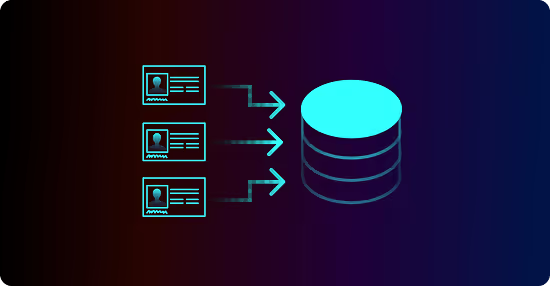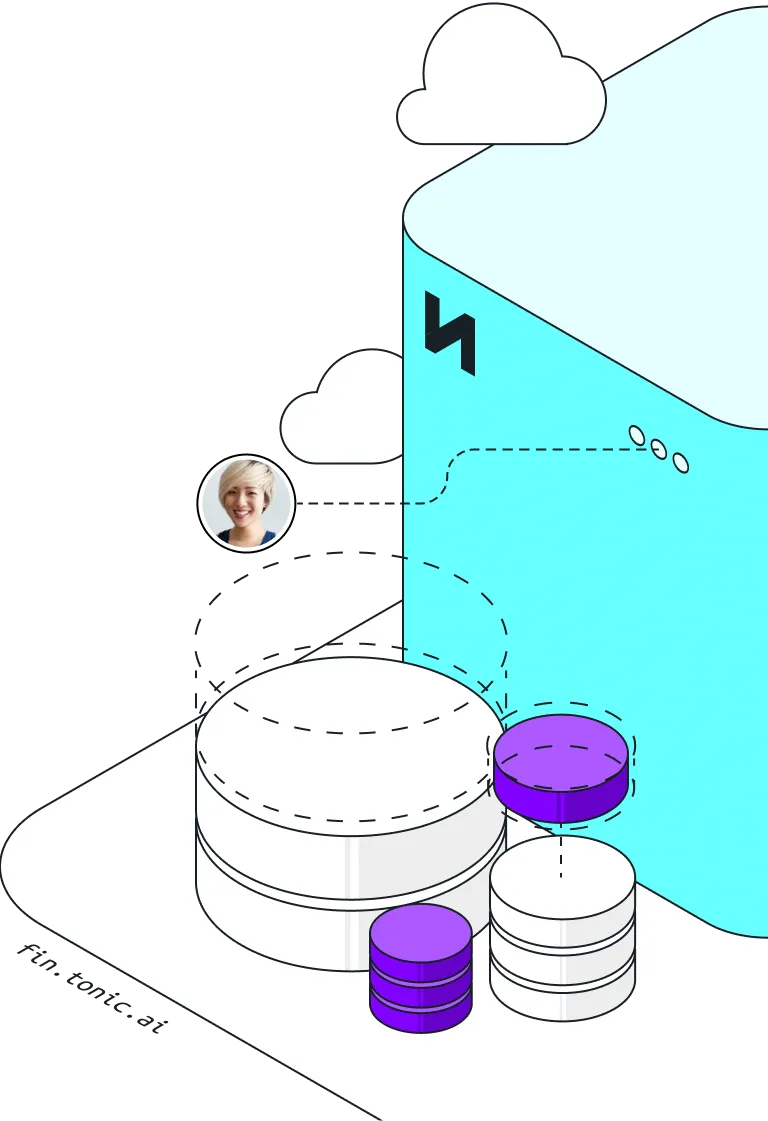Responsible machine learning starts with responsible data. If you’re not building privacy, quality, and reproducibility into your data prep, your models won’t be reliable—or compliant. In this post, you’ll learn how to make responsible data prep a practical part of your workflow.
Why is data preparation important for machine learning?
Before you build a model, you have to trust your inputs. Cutting corners in machine learning data preparation might help you ship faster, but it introduces significant risk. Poor data quality, biased inputs, and sensitive information leaks can compromise your models and your organization.
Bad data also introduces technical debt that’s hard to unwind. Once flawed data enters your pipeline, it propagates through feature engineering, model training, and evaluation — distorting outcomes and undermining interpretability.
Misconceptions about machine learning data preparation
Many teams approach data prep with outdated assumptions. This section debunks common myths that can derail your ML workflow and shows how modern tools and techniques address them.
Misconception 1: De-identifying your data decreases its utility
There’s a common fear that redacting or anonymizing data will reduce model performance. In reality, performance loss is often minimal. One study found that redacted training data led to less than a 2.2% drop in accuracy across common NLP tasks. In fact, synthetic data has even been shown to outperform real data in some cases.
The key is to apply privacy techniques that are context-aware. For example, redacting a ZIP code in a fraud detection model may have little impact, while redacting diagnosis codes in a clinical model could remove critical signals. Tools like Tonic.ai let you selectively preserve structure while removing direct identifiers.
Misconception 2: Synthetic data lacks realism
Modern generative tools can create statistically representative data that mimics production environments with high fidelity. These datasets retain distributions, relationships, and edge cases so your models can generalize from them just as well, or better, than from raw production data.
Misconception 3: Quantity is more important than quality
Large datasets might seem better by default, but noisy or mislabeled data at scale can skew your models. A smaller, clean dataset will almost always beat a large, messy one. Garbage in, garbage out applies doubly to ML, especially when training foundation models, where small anomalies can get amplified.
Misconception 4: Machine learning data preparation is one-and-done
ML systems evolve, and so should your data. A responsible approach involves versioning datasets, revalidating inputs, and ensuring that your training data stays current and representative.
As user behavior changes or regulatory requirements shift, what was once a compliant and balanced dataset can become risky or irrelevant. Treat machine learning data preparation as a continuous process, not a one-time phase.
Misconception 5. Manual data prep is better
Manual workflows are slow, inconsistent, and prone to error. Automation tools ensure consistency, repeatability, and built-in compliance safeguards that human processes often miss.
Human-in-the-loop review is still important, especially for nuanced judgment calls, but it's more effective when built on top of automated pipelines that handle the heavy lifting—like detecting PII, ensuring label consistency, or maintaining schema integrity.
Fuel your models and AI initiatives with privacy-protected data that retains important context and detail.
Machine learning data preparation: How-to
Responsible data prep is both a discipline and a workflow. This section breaks down each step—from collection to validation—so you can build privacy, quality, and compliance into your pipeline from day one.
Step 1. Data collection
Start by identifying where your data will come from: internal logs, user-generated content, or third-party sources. Be selective—only collect data that’s relevant to the task. Apply filters early to reduce exposure to sensitive information.
You should also consider the legal implications of each source. Different jurisdictions impose different restrictions on data use, and certain types of data—like health-related information or other personally identifiable information (PII) — typically has requirements when utilized downstream. Catalog your sources and classify data types before ingestion.
Step 2: Data cleaning
Clean your data to ensure reliability. This includes removing duplicates, handling nulls, standardizing formats, and correcting inconsistencies. Well-cleaned data forms the foundation for both model accuracy and trustworthiness.
You can also embed cleaning logic directly into your data ingestion pipeline using ETL tools or custom scripts. Catching errors before they land in your feature store reduces rework and downstream model retraining.
Step 3: Data transformation
Transform data to protect privacy while preserving utility. This includes:
- Redacting PII
- Masking sensitive attributes
- Generating synthetic alternatives when redaction obscures important information
Use context-aware redaction to avoid removing valuable signals. With tools like Tonic.ai, you can generate privacy-safe data that retains structural and statistical relevance.
Step 4: Data labeling
Clear and consistent labels are critical for responsible data preparation. Standardize your labeling rules and use automated tools or weak supervision techniques to scale annotation efforts. Labeling errors are a major cause of poor model performance.
Step 5: Validation
Before your data enters the pipeline, validate it. Check for statistical soundness, representation across key groups, and any baked-in bias. You should also simulate model performance using this data to flag potential weaknesses early.
Best practices for responsible machine learning data preparation
It’s not enough to get data prep right once. To sustain responsible ML practices, you’ll need governance, automation, and ongoing monitoring. Here are five best practices to build into your team’s data-prep regimen
Establish a data governance framework
Define policies around who owns data, who can access it, and how it should be transformed. Auditability is key—document every step in your prep workflow, including data classification schemas and leverage role-based access controls to create safeguards.
Build privacy-by-design within your workflow
Incorporate privacy early. Rather than retrofitting redaction or masking late in the process, use tools like Tonic.ai at the point of ingestion to minimize exposure.
Monitor the quality of your data
Data changes constantly. Build automated checks and quality SLAs into your pipeline. Alerts should flag anomalies, skew, or format drift before they reach training environments.
Implement version controls for datasets
Track every change. Use systems that allow branching, tagging, and rollback, just like you would with source code. This ensures reproducibility and simplifies debugging.
Perform monitoring and maintenance
Don’t let your data prep workflow get stale. Schedule regular audits and reviews. Watch for model drift and changes in latency and performance.,
Likewise, responsible ML workflows scale faster with the right tooling. Let’s look at how the right tech stack supports privacy, reproducibility, and speed at every step of data preparation. For example, Tonic.ai enables:
- Automated profiling to detect PII and sensitive patterns
- Intelligent de-identification and synthetic data generation
- Reproducible transformations with full audit trails
Whether you’re working with structured tabular data or prompt-heavy LLM inputs, a robust toolset helps you move faster without compromising on compliance or quality.
Look for tools that support CI/CD integration, API access, and metadata tracking. The more your data prep is integrated with your ML stack, the more scalable and reliable your workflows will be.
Let Tonic help you prepare your data for machine learning
Need to prepare data for ML training and fine-tuning, but don’t have time to build the process from scratch? Tonic.ai can help.
With Tonic.ai, you can automate the hard parts of machine learning data preparation: privacy enforcement, data synthesis, and auditability. That means faster pipelines, safer models, and no surprises.
Book a demo to get started.
.svg)
.svg)
























.avif)




